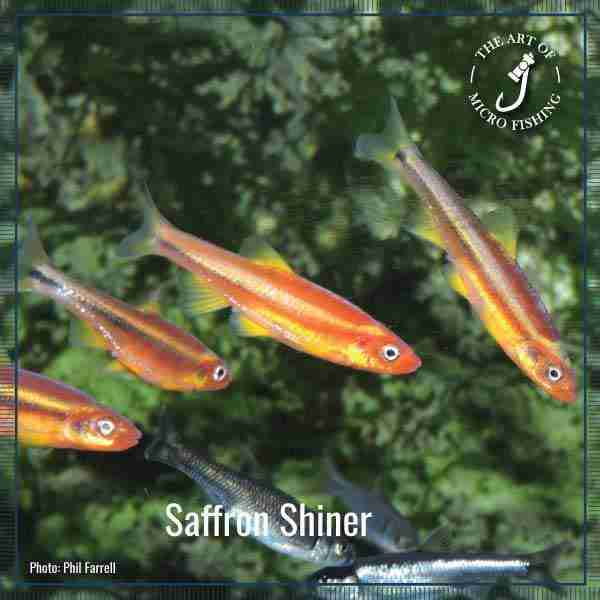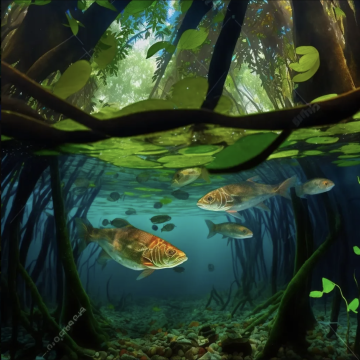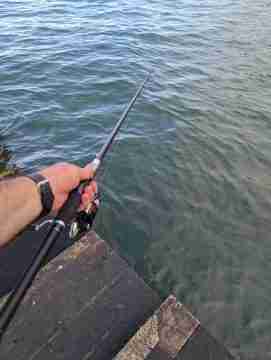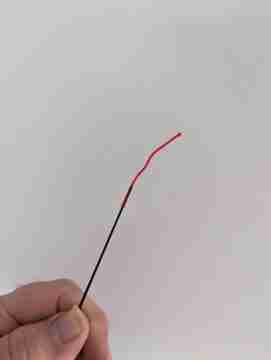Micro Fishing: Exploring the World of Tiny Angling
Micro fishing is an emerging angling trend that focuses on catching small, often overlooked fish species using specialized, minimalist tackle. Unlike traditional fishing methods that target larger game fish, micro fishing emphasizes the pursuit of species such as minnows, dace, darters, and sculpins. This practice has roots in Japan, where Tanago fishing involves catching small fish species using specialized equipment.
What is Micro Fishing?
At its core, micro fishing involves targeting small fish species that typically do not exceed 8 inches in length. Anglers use extremely small hooks, such as the Aldridge #1 pre-snelled micro fishing hooks from The Art of Micro Fishing, to effectively catch these diminutive species.
Micro fishing is an accessible and affordable pastime, making it popular among anglers of all experience levels. Whether fishing in local creeks, ponds, or urban waterways, this style of fishing is an exciting way to explore diverse fish species without needing expensive gear.
How is Micro Fishing Different from Tenkara & Tanago Fishing?
It’s important to distinguish micro fishing from similar fishing techniques:
Tenkara Fishing vs. Micro Fishing
Tenkara fishing is a traditional Japanese fly fishing method that involves using a fixed-length line attached to a rod without guides. It is primarily used to catch small trout in mountain streams and relies on artificial flies instead of bait. While both tenkara and micro fishing involve catching small fish, tenkara is more technique-driven, whereas micro fishing focuses on bait and small species.
Tanago Fishing vs. Micro Fishing
Tanago fishing is another Japanese fishing method, but unlike micro fishing, it specifically targets the Tanago species (bitterling fish). The term “tanago fishing” refers to catching one particular type of fish, while micro fishing involves catching a variety of small species.
Although these fishing styles are closely related, micro fishing is unique because it embraces the diversity of overlooked small fish species rather than focusing on a specific fish or fly-fishing technique.
Essential Gear for Micro Fishing
One of the most appealing aspects of micro fishing is the minimal amount of gear required. While some anglers choose elaborate setups, others opt for a basic pole, a line, and a hook.
✅ Best Rods for Micro Fishing
- Telescopic rods are a favorite among micro anglers because they are lightweight, compact, and highly sensitive to small bites.
- Traditional bamboo poles or willow branches are also effective for a minimalist approach.
- Some anglers even use Tenkara rods for micro fishing due to their fine control and fixed-line design.
✅ The Right Hooks Make a Difference
- Using ultra-small hooks is critical for catching tiny fish.
- The Micro Master #1 pre-snelled micro fishing hook from The Art of Micro Fishing is designed specifically for micro anglers.
- These extremely sharp, barbless hooks allow for easy hook-ups with even the smallest fish species.
✅ Best Baits for Micro Fishing
- A tiny piece of earthworm is one of the best natural baits for micro fishing.
- Dough bait, made from semolina, chickpea flour, cheese, and oil, is another highly effective option.
- Tiny insects and micro jigs can also be used for a more specialized approach.
Micro Fishing Techniques for Success
Micro fishing requires a stealthy, patient approach. Since many of these small species are highly sensitive to movement, here are some expert tips to improve success:
- Use a light line: A 1-2 lb test line is ideal for detecting subtle bites.
- Cast near structure: Micro fish often hide near submerged vegetation, rocks, or creek beds.
- Experiment with bait presentation: Some species prefer a slow-sinking bait, while others are more aggressive feeders.
- Keep the hook small: Even a tiny worm can be too big for some species. Always use the smallest bait possible.
By understanding these techniques, anglers can dramatically increase their chances of landing unique micro fish species that are rarely caught on traditional fishing tackle.
Micro Fishing for Conservation & Aquarium Keeping
 Micro fishing isn’t just about sport—it has practical applications in conservation and aquarium keeping as well.
Micro fishing isn’t just about sport—it has practical applications in conservation and aquarium keeping as well.
- Catch native fish for aquariums: Many micro anglers responsibly collect fish for home aquariums rather than purchasing imported species.
- Legal alternative to netting: In some regions, using a hook and line is the only legal method for collecting fish.
- Learn about ecosystems: Micro fishing encourages a greater appreciation for aquatic biodiversity and the role of small fish in their environment.
For aquarium keepers and conservationists, micro fishing is a sustainable way to observe, study, and care for native fish species.
Why Micro Fishing is the Ultimate Adventure
- Accessible: You can micro fish almost anywhere, from tiny creeks to large riverbanks.
- Exciting variety: With over 33,000 fish species on Earth, the potential to catch rare and overlooked fish is endless.
- Non-stop action: Unlike traditional fishing, micro fishing often provides continuous bites with minimal waiting.
- Perfect for species collectors: Many micro anglers keep life lists of all the different species they’ve caught—just like birdwatchers do!
Whether you are a seasoned angler looking for a new challenge or a beginner wanting to try an inexpensive, exciting way to fish, micro fishing is the perfect choice.
🎣 Get the Best Micro Fishing Gear Today!
Looking to get started with micro fishing? The right gear makes all the difference!
Final Thoughts on Micro Fishing
Micro fishing is an exciting, rewarding, and accessible way to explore the world of angling. Whether you are looking to catch rare species, experience continuous action, or start a species list, this method of fishing is both fun and educational.
With the right gear and techniques, anyone can start catching micro fish today. So grab your Aldridge #1 micro hooks, a telescopic rod, and some bait, and get out there!
🚀 Start your micro fishing adventure today! 🎣





